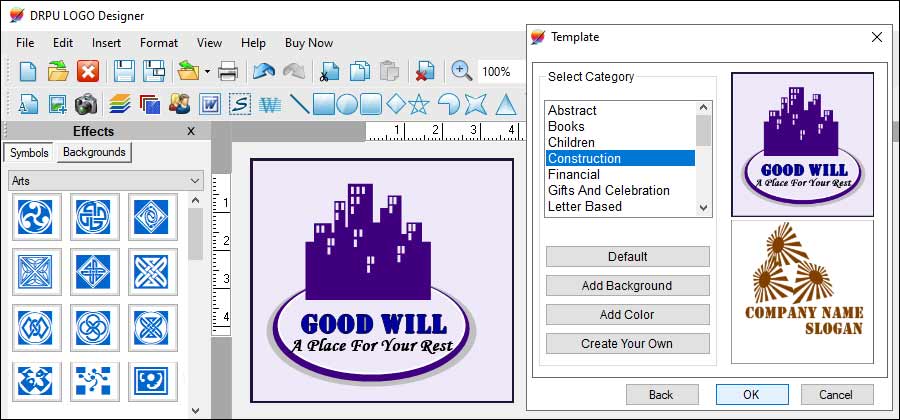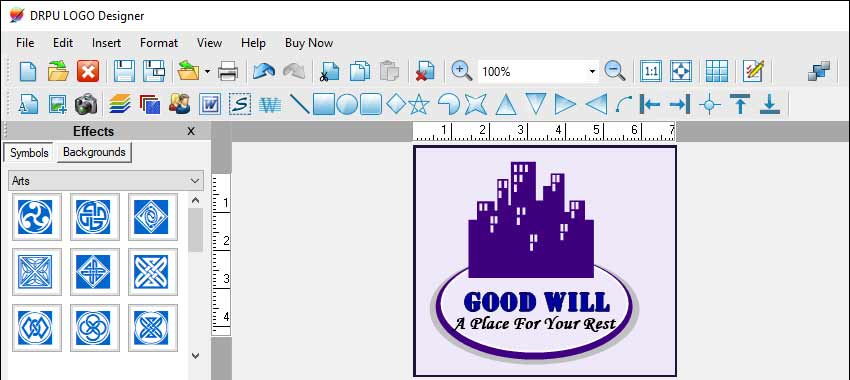
Here's a Detailed Explanation of Each Aspect:
-
Researching Similar Designs:
Prior to creating a logo, it's crucial to conduct comprehensive research to ensure that your design is unique and doesn't infringe upon existing copyrighted logos. Follow these steps:
- Perform a web search: Explore different search engines and image-based platforms to identify existing logos that resemble your concept. Examine various industries, as similarities can arise outside your niche.
- Hire a professional: If you lack expertise in logo design or legal matters, consider consulting a lawyer or a professional trademark search service. They can conduct in-depth searches and provide guidance based on their expertise.
- Conduct a trademark search: Check the trademark databases of your country's property office, such as the Trademark Office (USPTO) in the USA or the Intellectual Property Office (IPO) in the UK. Look for any identical logos that might create confusion.
-
Creating an Original Design:
Developing a distinctive and original logo is crucial to establish copyright protection. Follow these guidelines:
- Conceptualize unique ideas: Brainstorm concepts that reflect your brand identity and values. Avoid copying or heavily referencing existing designs.
- Sketching and iterations: Start sketching rough concepts, allowing for multiple iterations and revisions. This process helps refine your ideas and ensure originality.
- Incorporate original elements: Utilize unique colors, fonts, and symbols to create a logo that stands out from others. Avoid using generic element that lack distinctiveness.
-
Understanding Trademarks and Copyrights:
Familiarize yourself with the legal aspects of trademarks and copyrights to protect your logo design effectively. Here's an overview:
- Trademarks: A trademark protects the use of a logo, name, phrase, or symbol that represents a brand and distinguishes it from competitors. To safeguard your logo, you can register it as a trademark with the appropriate intellectual property office. This provides legal rights and exclusive use of the logo in your jurisdiction.
- Copyrights: Copyright protection automatically applies to original creative works, including logo designs, once they are fixed in a tangible form (e.g., saved as a digital file). However, it's beneficial to register your logo design with your country's copyright office. Registration strengthens your legal rights and makes it easier to enforce them in case of infringement.
-
Documentation and Legal Assistance:
It's important to keep records of the entire logo design process and seek legal assistance when needed:
- Documentation: Maintain records of your design process, including sketches, drafts, and revisions. These records can serve as evidence of your creative work and the originality of your logo design.
- Legal advice: When in doubt about the copyright aspects, consult an intellectual property lawyer. They can guide you through the legal requirements, help you register your logo, and offer advice on enforcement if copyright occurs.
Collaborate with other Designers or Stakeholders in the Logo Design Process
Collaboration with other designers and stakeholders in the logo design process typically involves effective communication and the use of various tools and methods for sharing design files, providing feedback, and working together in real-time. Here's a detailed explanation of the collaboration process:
